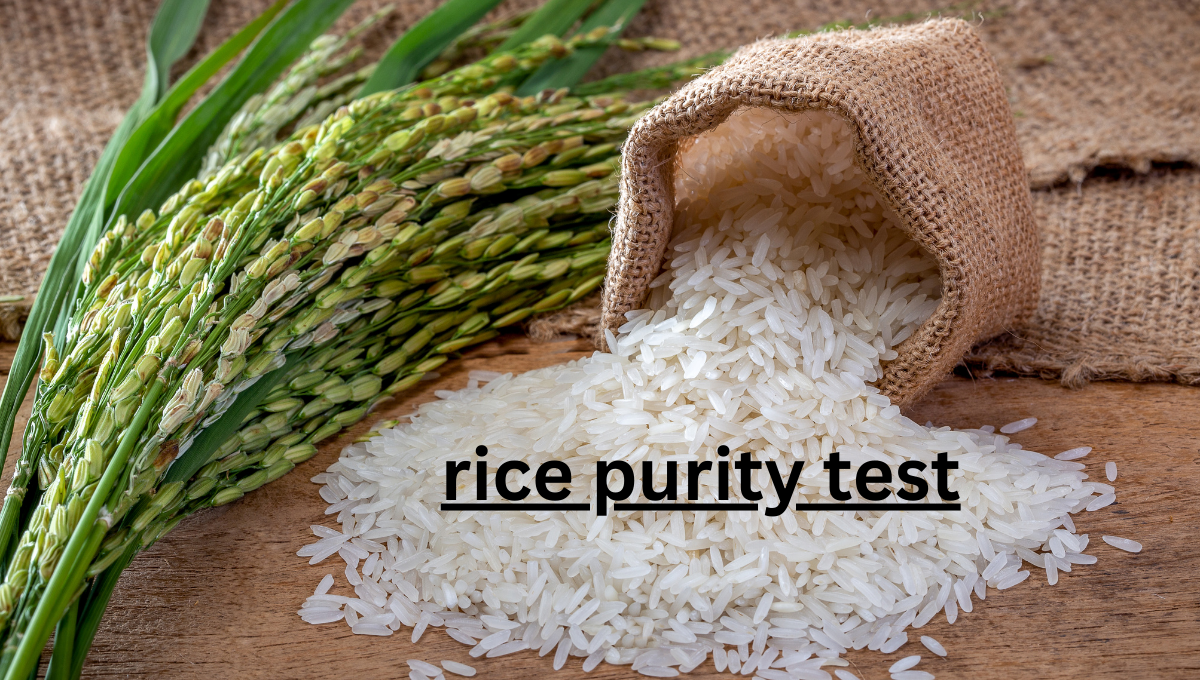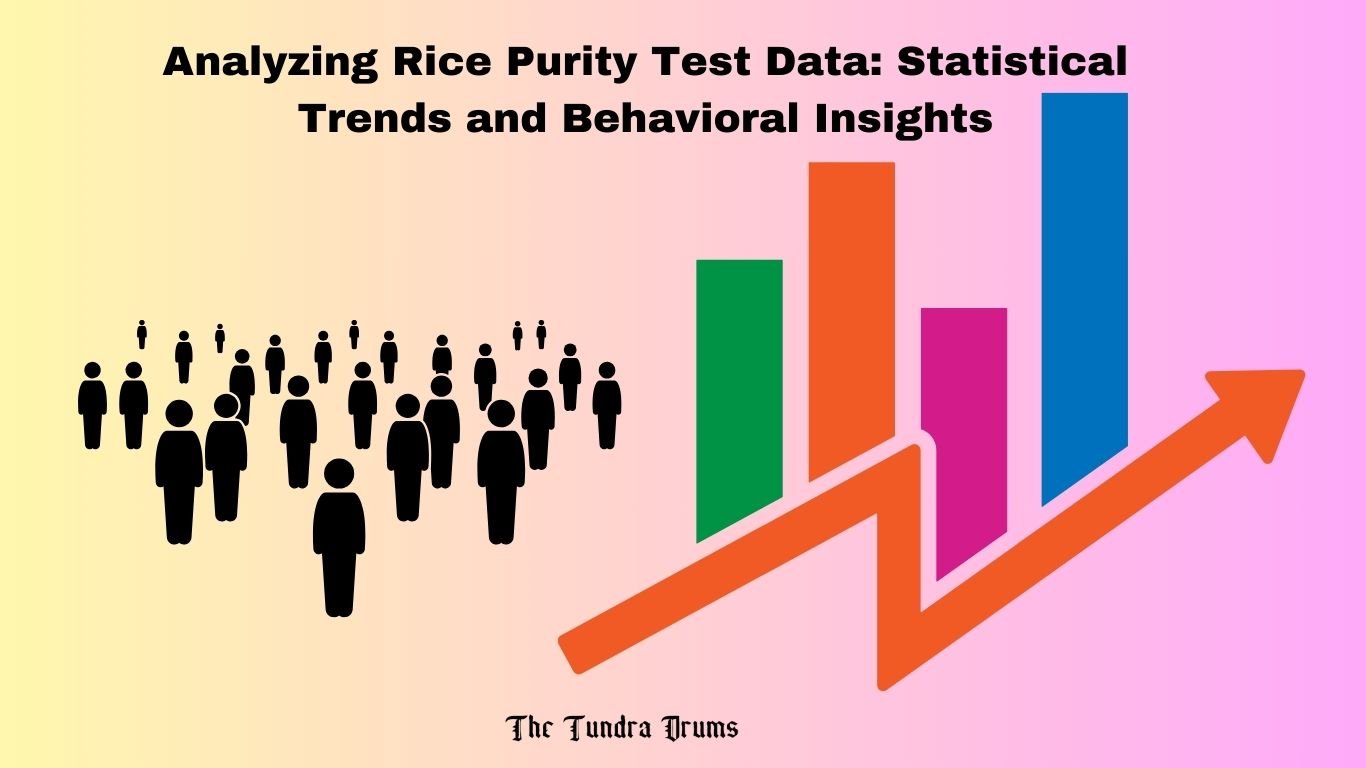Are you truly as innocent as you believe, or does a hidden side of experience lurk beneath the surface? The Rice Purity Test, a deceptively simple quiz, claims to offer an answer, daring to quantify the unquantifiable your life's journey and the choices you've made.
Originating at Rice University in the hallowed halls of Houston, Texas, the Rice Purity Test has become more than a simple online survey; it's a cultural touchstone, a conversation starter, and a mirror reflecting back our complex relationship with societal expectations. Initially conceived in the 1980s by curious students, the test's popularity has surged, evolving from a campus curiosity to a globally recognized assessment. This enduring appeal lies in its ability to tap into our inherent fascination with self-discovery and social comparison, all wrapped up in the guise of a lighthearted quiz. The test's 100 questions encompass a broad spectrum of experiences, venturing into realms often considered taboo or risqu, including dating, relationships, alcohol consumption, drug use, and various other social activities. By navigating this minefield of personal inquiries, participants are assigned a score, a numerical representation of their perceived "purity," a concept laden with historical and societal baggage.
| Category | Details |
|---|---|
| Test Name | Rice Purity Test |
| Origin | Rice University, Houston, Texas, USA |
| Creation Date | 1980s (Initial Conception) |
| Purpose | To gauge the perceived "purity" of an individual based on their life experiences, primarily among college students. |
| Format | Online survey consisting of approximately 100 questions. |
| Topics Covered | Dating, relationships, sexual experiences, drug and alcohol use, social activities, and other personal experiences. |
| Scoring System | Points are deducted for each experience reported. The lower the score, the more "experienced" and less "pure" an individual is deemed to be. |
| Popularity | Gained significant popularity, especially among college students in the United States, with a resurgence in popularity due to platforms like TikTok in 2022. |
| Availability | Numerous versions available online; users are advised to seek out reputable, authentic versions. |
| Cultural Impact | Seen as a conversation starter, an icebreaker, and a source of self-reflection. |
| Language Versions | Available in multiple languages, including English, Spanish ("Test de pureza de rice"), and French ("Passez le vritable test de puret rice"). |
| Criticisms | Often criticized for its subjective nature, potential for inaccurate self-assessment, and the implication of assigning a value to personal experiences. |
| Authenticity and Trustworthiness | The original intent was a fun, internal tool for students, and the test has evolved through various iterations, emphasizing that the accuracy and validity of the test should be understood in the context of a lighthearted survey. |
| Official Website (Reference) | Rice University Official Website |
The heart of the Rice Purity Test lies in its questionnaire, a compilation of inquiries meticulously crafted to probe the depths of one's experiences. These questions, ranging from the seemingly innocuous to the overtly explicit, are the very essence of the assessment. Participants are presented with a series of statements describing various activities and events, and their task is to indicate which experiences they have encountered. The spectrum of experiences covers a broad range, from the everyday to the extraordinary: first kisses, romantic relationships, academic dishonesty, alcohol consumption, drug usage, and the exploration of one's sexuality.
Every answered question translates into a point deduction from a hypothetical perfect score, typically 100. The lower your final score, the more experiences you've had, as the test suggests. This also implies a lower level of "purity," a concept that's been the subject of extensive debate and scrutiny. The scoring system, though straightforward, has its share of critics. Some argue that such a numerical representation oversimplifies human experience. Others point out the inherent subjectivity in defining "purity" itself. Nevertheless, the test's scoring mechanism serves as a catalyst for self-reflection, prompting individuals to contemplate their life choices and how they measure up against the experiences of others.
Since its inception, the Rice Purity Test has undergone several transformations, adapting to the evolving social landscape and technological advancements. Originally designed to be an internal tool for the students of Rice University, the test soon found its way online, becoming accessible to a wider audience. The test quickly went viral in 2022, thanks to the meteoric rise of platforms like TikTok, which amplified its reach to a global audience. The test itself, though simple, has provided plenty of opportunities for personalization. Various iterations have sprung up online, each with its own nuanced set of questions and scoring systems, sometimes modifying the criteria to cater to changing social norms. This evolution has added layers to the test's cultural relevance, underscoring its capacity to adapt and endure, even as the initial intent gets further removed from the modern manifestations of the test.
One of the most compelling aspects of the Rice Purity Test is its capacity to serve as a catalyst for social interaction. In the often-challenging landscape of social dynamics, the test provides a unique icebreaker, a conversation starter that can foster genuine connection. Sharing test scores, discussing experiences, and comparing perspectives create a space where individuals can openly discuss their lives, sharing anecdotes and experiences with a level of vulnerability. It can be used as a way to get to know people better at gatherings, parties, or even casual meetings, offering a window into the lives of others and the paths they have trod. It's a way to bond over shared experiences or to learn about the diverse journeys individuals have taken.
The Rice Purity Test's impact is not restricted to simple social engagements; it also acts as a tool for self-discovery. As individuals grapple with the questions, they begin to introspect and evaluate the choices and experiences that have shaped their lives. In a world that's often defined by rigid societal expectations, the test grants a moment of personal reflection, offering a chance to step back and observe one's past. Moreover, the test encourages one to weigh their experiences against the experiences of others, leading to insights about one's place in the world and the diversity of human experience. It can promote an understanding of varying lifestyles, breaking down preconceived notions, and developing a deeper appreciation for the richness of human diversity. It encourages participants to consider their paths, their values, and the moments that define them.
However, it is essential to approach the Rice Purity Test with a discerning eye. Its core is a survey that aims to gauge an individual's "purity" is an outdated term. The test's inherent subjectivity can be a concern. The test's questions, while designed to be inclusive, can also inadvertently perpetuate stereotypes or reinforce societal biases. The definition of "experience" and the way it is scored is inherently personal, and it can lead to the inaccurate self-assessment. Therefore, it is essential to remember that the Rice Purity Test is not a definitive measure of an individual's worth. It shouldn't be used as a means of judging others, and the final score should not become a self-fulfilling prophecy. The test should be used as a starting point for conversation and self-reflection, not a rigid definition of one's character or social standing. It is essential to engage with the results, understanding that the survey is merely a snapshot, a piece of a much larger narrative.
The popularity of the Rice Purity Test is a phenomenon, reflecting our deep-seated desires for social comparison, self-discovery, and the comfort of shared experiences. The test, with its 100 questions and simplistic scoring system, has struck a chord with millions. It's become a cultural artifact, a playful way to explore the complexities of human experience, and a reminder that our lives, though unique, are often shaped by shared journeys. It acts as a historical record, demonstrating the constant evolution of social norms. It will be exciting to see how the test evolves further, adapting to new generations and emerging cultural shifts.
The legacy of the Rice Purity Test is multifaceted. It demonstrates the enduring appeal of self-assessment quizzes. It has the potential to be a tool for introspection, conversation, and connection. The test has become a reminder of the inherent human need to understand ourselves and our place in the world. The test's popularity is a testament to the power of curiosity, the desire to share experiences, and the endless fascination with the intricacies of human existence. And, who knows, perhaps the real value of the Rice Purity Test lies not in the score, but in the conversations, the connections, and the self-discoveries that it inspires.


